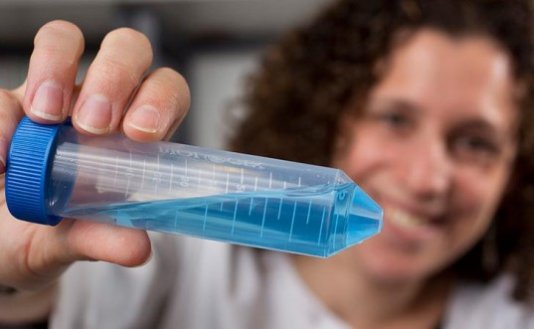- About
- Topics
- Picks
- Audio
- Story
- In-Depth
- Opinion
- News
- Donate
-
Signup for our newsletterOur Editors' Best Picks.Send
Read, Debate: Engage.
| May 29, 2013 | |
|---|---|
| tags: | #bio-energy, #clean energy, #ecological, #environmentally friendly |
| by: | Itai Lahat |
According to some studies, a large portion – between 20 to 50% – of energy consumed by systems like waste incinerators, refineries and data processors is dispersed as heat. In some cases we even invest even more energy attempting to cool this excess heat. Check out the csys desk lamp which is looking to revolutionise the lighting market through heat re-distribution.
But what if we could use all that heat and regenerate electricity with it? This concept is not new and is already used at many facilities that produce more than 150 degrees celsius, the temperature that allows turbines to harness heat into electricity. Unfortunately, most systems, such as data centres, don't get this hot and the heat they generate can't be efficiently used in this way. However, this might be about to change.
A small startup named OsmoBlue, has found a way to convert waste heat over 30 degrees Celsius into electricity that could be used to heat buildings and even power the machines that produce the heat in the first place. OsmoBlue uses the process of osmosis: a natural phenomenon occurring between two solutions of different concentrations, in order to recycle low-temperature heat from various types of industries.
“Osmosis is a natural phenomenon occurring between two solutions of different concentrations (for example saltwater and pure water) separated by a membrane”, writes the team of developers. “A flow of water is naturally induced from the low to the high concentration solution, which tends to equilibrate the concentrations on each side of the membrane. The mechanical energy of this flow can be converted into electrical energy using a turbine”.
The OsmoBlue team has completed a digital demonstration of the idea and has evaluated the potential performance of the product in a lab. The digital model allowed the team to ascertain that 10 megawatts of heat could produce between 100 and 600 kilowatts of electricity – enough to power one hundred homes. We can’t wait to see it at work.
By copying the embed code below, you agree to adhere to our republishing guidelines.
